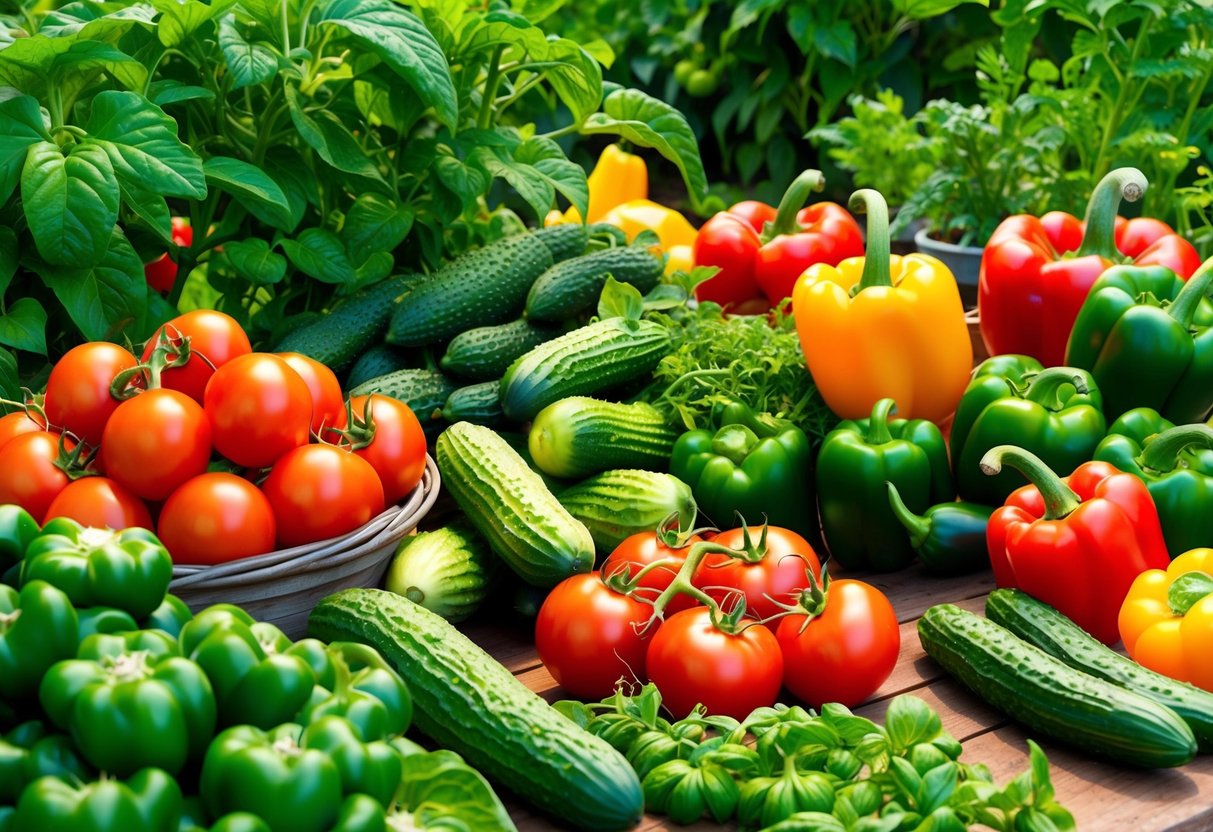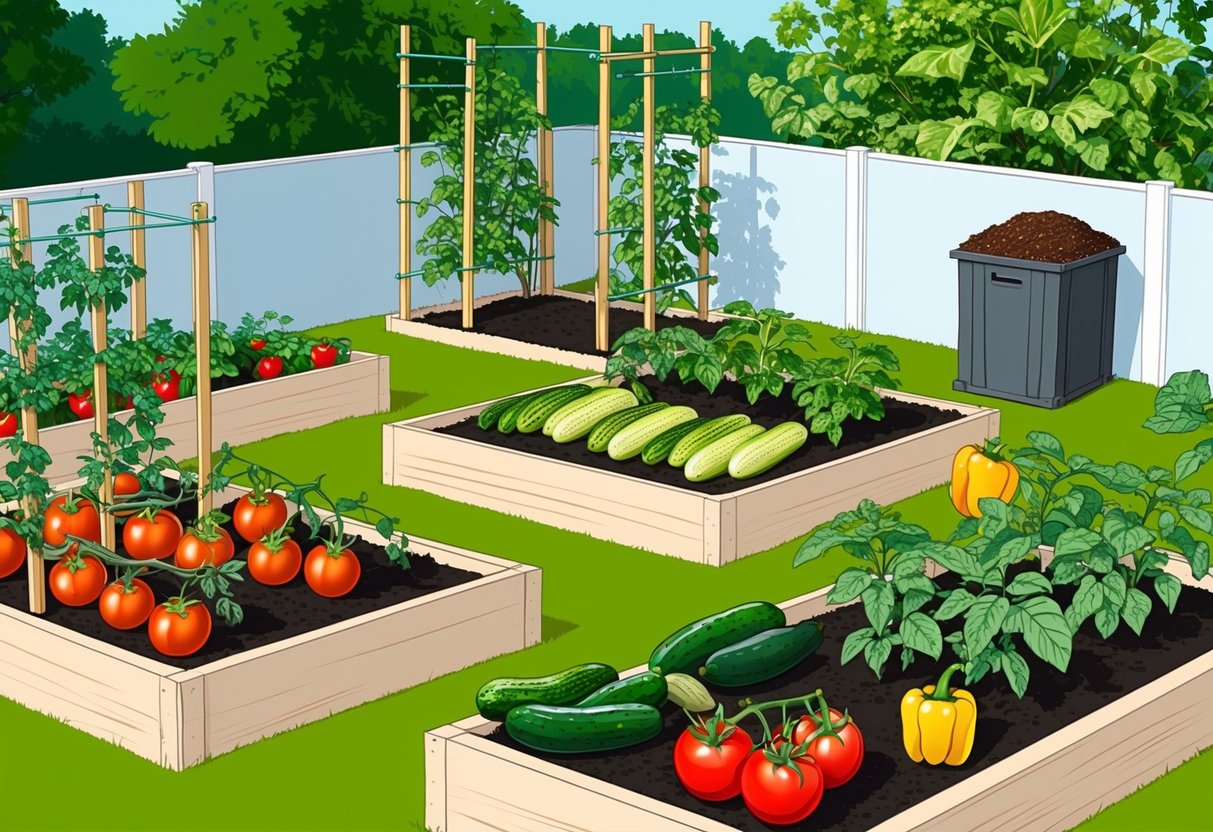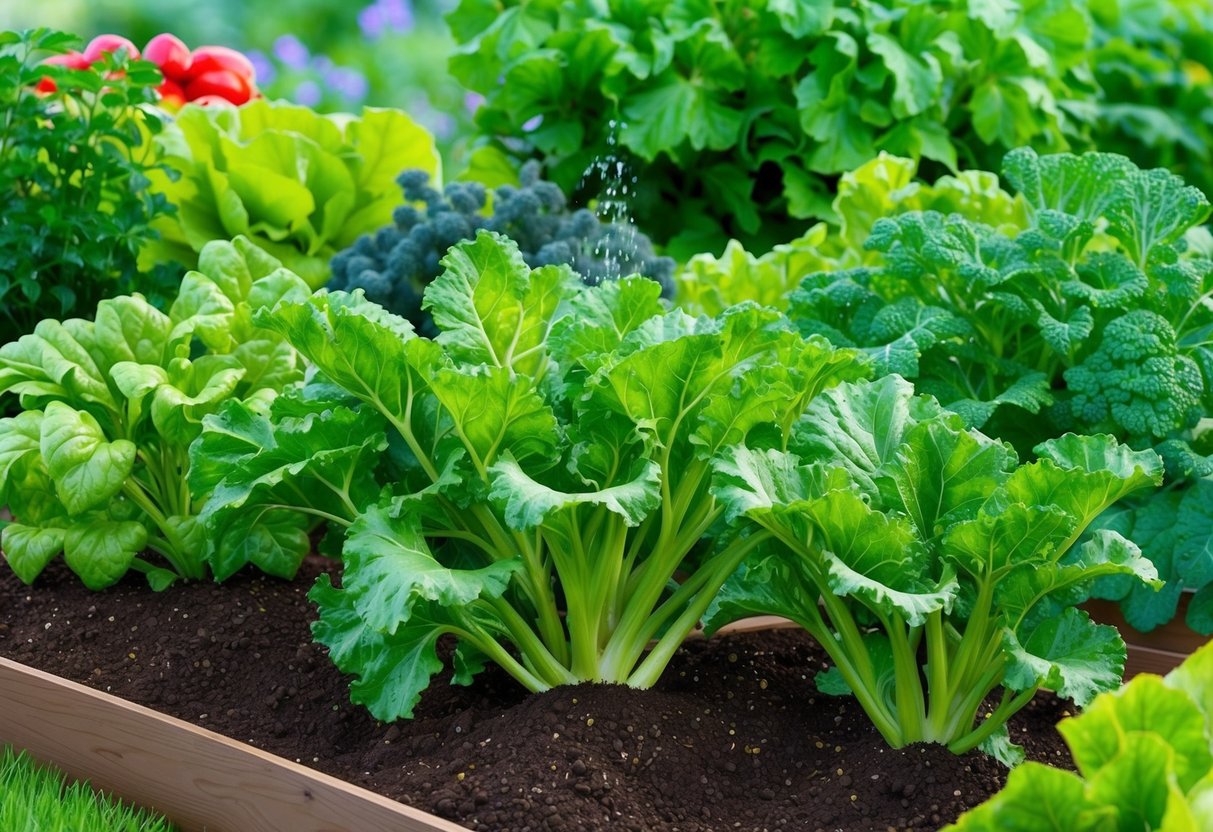
Chives, Parsley, and Thyme
Chives are among the easiest herbs to grow for beginners. They survive in both sun and partial shade and require only basic watering.
Frequent trimming promotes a steady supply of tender shoots, which are useful in salads, eggs, and soups. Parsley can be started from seed but takes time to germinate.
It likes moist, fertile soil and partial shade, making it adaptable for different spaces. Harvesting outer stems first encourages continuous growth for garnishing or use in sauces.
Thyme thrives with little fuss and requires minimal watering once rooted. It prefers full sun and sandy, well-drained soil.
Thyme’s compact, spreading habit is ideal for container gardens or as an edging plant. Both the leaves and stems add subtle, earthy flavor to meats, roasted vegetables, and stews.
Regular harvesting from these herbs encourages fuller growth and enhances yield. Many gardeners enjoy the reliability and versatility these varieties bring to kitchen gardens.
Maximizing Yields Through Garden Setup

The way a home vegetable garden is set up impacts crop productivity, harvest frequency, and the ability to maximize limited garden space. Smart planning, raised beds, and container gardening can each play a big role in helping beginners grow more vegetables with less effort and waste.
Planning Your Home or Vegetable Garden
Before planting, consider space availability, sunlight, and soil quality. Positioning the garden or containers to receive at least six hours of direct sunlight daily ensures most vegetables, such as tomatoes and beans, flourish.
When laying out rows or plots, use a grid system or square-foot gardening techniques to minimize wasted space and streamline maintenance. Add diversity by mixing quick-growing crops like lettuce with slower ones like peppers or tomatoes.
This strategy supports continuous harvesting and efficient use of each square foot. Rotating families of crops yearly, such as moving legumes after brassicas, helps prevent pest buildup and improves soil health.
For a more detailed beginner’s guide to maximizing backyard setups, see vegetable gardening for beginners.
Utilizing Raised Beds
Raised beds allow for better soil control, drainage, and reduced compaction. For new gardeners, beds between 4–6 feet wide are easiest to manage and keep all plants reachable without stepping on the soil.
Raised garden beds also warm up faster in spring, letting crops like radishes and lettuce establish early. Soil amendments such as compost and aged manure can be added more precisely in a contained area, boosting fertility.
Raised beds are ideal for high-yield vegetables. For example, bush beans, root crops, herbs, and leafy greens thrive in this system.
Beds can be arranged in blocks or rows based on crop height and harvest timing for maximum efficiency. Discover a list of easy vegetables for raised beds for beginners.
Container Gardening Techniques
Container gardening is perfect for those with limited garden space or poor soil. Deep pots, buckets, or grow bags that hold at least 5 gallons work well for tomatoes, peppers, and bush-type beans.
For leafy greens and herbs, shallow containers are sufficient. Using high-quality potting mixes rich in organic matter provides nutrients while retaining moisture.
It is crucial to ensure all containers have drainage holes to avoid root rot. Containers can be grouped on balconies, patios, or along driveways to capture the most sunlight.
Vertical supports or trellises for pole beans and cucumbers increase yield per square foot. Regular feeding and consistent watering are key, as pots dry out faster than ground soil.
For more tips, visit this guide on how to build an emergency vegetable garden in any space.
Optimizing Growth: Soil, Watering, and Disease Resistance

A productive home vegetable garden starts with healthy, nutrient-rich soil, consistent watering, and the use of disease-resistant vegetable varieties. These factors improve both the yield and ease of harvest, while lowering the risk of crop failure.
Adding Organic Matter to Improve Soil
Incorporating organic matter is key for building healthy, fertile soil. Compost, aged manure, shredded leaves, and grass clippings all contribute rich nutrients and encourage beneficial soil microbes.
When organic matter is mixed into the top 6–8 inches of soil, it increases moisture retention and improves aeration. This helps roots grow strong and reduces compaction, so plants can access nutrients more efficiently.
Organically rich soil also creates better drainage, protecting plants’ roots from waterlogging. Gardens with improved soil structure tend to support higher yields, especially for beginner-friendly crops like lettuce, radishes, and beans.
For detailed guidance on amending soil, see the information on creating loose, well-drained, and nutrient-dense beds.
Ensuring Proper Watering and Drainage
Consistent watering is critical for homegrown vegetables, but both overwatering and underwatering can create problems. Most vegetables require about one inch of water per week, provided either by rainfall or supplemental watering.
It is best to water at the soil level, aiming for deep, infrequent soakings instead of frequent, shallow sprinkles. This method encourages deeper root growth and reduces the humidity that can foster plant diseases.
Using mulch helps to conserve moisture and prevent soil from drying out too quickly. Good drainage is just as essential.
Raised beds, organic mulch, and regular checks for pooling water keep roots healthy and responsive. Additional insight on water management can be found in vegetable garden care best practices.
Choosing Disease-Resistant Varieties
Selecting disease-resistant vegetable varieties greatly lowers the risk of crop loss due to common plant illnesses. Look for seed labels with designations such as “VFN” (Verticillium, Fusarium, Nematode resistance) or consult local extension resources for recommendations.
Many beginner-friendly vegetables, such as tomatoes, beans, and cucumbers, come in several resistant cultivars. Choosing these types not only reduces the need for chemical controls but also promotes more reliable harvests for new gardeners.
Guidance on pairing easy vegetables with resilient genetics can be found in recommendations for vegetables that thrive with less effort.